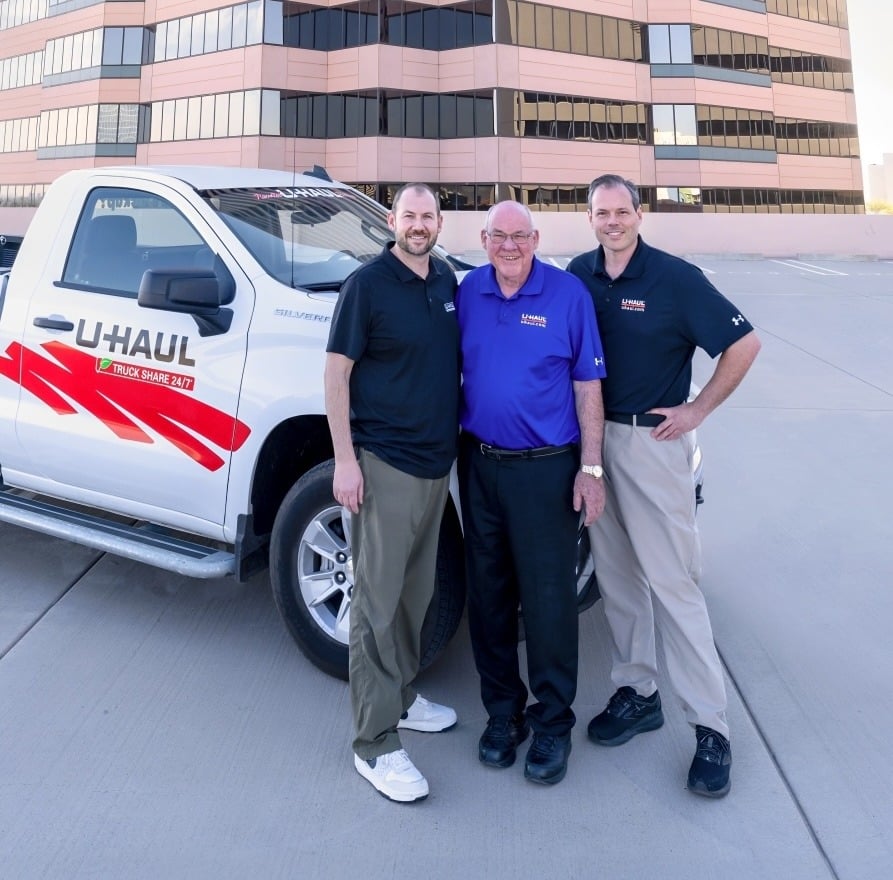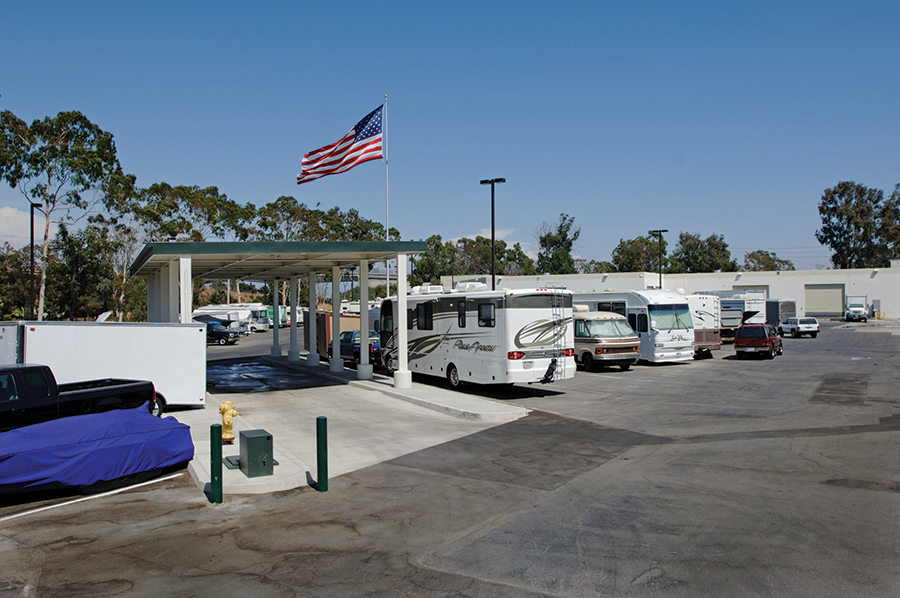Costly Claims: New Risks In Workers’ Compensation
Just as many employers are getting workers’ compensation premiums and related costs under control, the COVID pandemic is introducing new hazards to the regulatory terrain. While claims are increasing for mental distress and pandemic-related accidents, state regulatory agencies are expanding coverage to a presumption of the workplace origination of infections, medical marijuana use, and other novel areas.
“Workers’ compensation law is becoming more complicated for employers in many states,” says Jeffrey M. Adelson, general counsel at Adelson McLean. “The regulations are undergoing change all the time.”
Adelson and other attorneys cite these areas of concern:
- Presumption laws for COVID infections
- Costly “long COVID” care
- Mental health treatments
- Medical marijuana coverage
- Opioid effect on accidents
- Injuries by inexperienced replacement workers
- Independent contractor coverage
- Ergonomic injuries by home workers
- Comorbidities
- Mega claims
Many of the above concerns arise from, or are worsened by, the pandemic. “Recent regulatory and legislative trends at the state level continue to be led by COVID,” says Randy Sieberg, president of Workers Compensation Consultants. “Some states have enacted so-called presumption legislation, to the effect that workers are presumed to have contracted their COVID cases at the workplace.” Prior to COVID, he adds, the burden of proof was always on the injured worker for a workers’ comp claim. Now it is often up to the employer to prove an infection happened somewhere other than the workplace.
Long COVID
Also looming are costly claims for so-called “long haul COVID”—a term referring to illnesses that linger for years. “I think it’s too early to tell what injuries or disease may ultimately result from COVID,” says Daniel C. Free, president and general counsel of Insurance Audit & Inspection Co. “The infections could have long tail effects. Consider what happened with asbestosis or black lung disease. There are still cases out there materializing even though the basic exposure was eliminated a generation ago. So I’m not sure I’m ready to close the door on COVID even if we vaccinate everybody.”
On the plus side of the COVID equation, claims are not as common as feared. “All the piles and piles of COVID claims people were expecting, never really happened,” says James J. Moore, president of J&L Risk Management Consultants in Raleigh, N.C. “We were expecting six or seven times as many claims as we got in or that we know occurred.”
A big reason that claims haven’t mushroomed is that most employers have gone out of their way to protect their employees. And many employees are still working from home, reducing their chances of exposure. “Most employees are covered by some form of health insurance, so even if they can’t establish that it happened at work, they’re still covered,” says Free.
Another plus: Claims to date have not been all that costly. “The average cost on COVID claims is less than $5,000,” says Dennis Tierney, national director of Workers’ Compensation Claims for Marsh, the insurance broker and risk advisor. “In contrast, the average cost for a typical workers’ comp claim—combining medical and lost time—is about $20,000.” It remains to be seen what the effect of costly COVID hospitalizations will be, he adds. Recently, hospitalizations were running at five percent of cases, but 20 percent of that five percent took place in ICUs with costly 12-day average stays.
Mental Health
COVID has led to other social conditions that affect workers’ comp. Among them is mental distress. Sieberg points out that some states have started to add workers’ comp coverage for post-traumatic stress disorder on the part of employees who were put into work environments that were never expected to be very hazardous but turned out to be so because of COVID. Examples of such jobs are those for which the worker interfaces with the public, but the regulations may embrace a larger universe as time passes.
Long absences from the traditional work environment can also lead to medical conditions. “Mental health issues may increase among people who have been working from home for a long time without social interaction,” says Moore. “Facebook and LinkedIn only go so far. That may lead to the greater need for treatment and higher workers’ comp rates.”
A related problem: Employees who have migrated to home offices tend to grab the nearest desk and chair, regardless of ergonomic concerns. Injuries result. “Employees who work from home can have workers’ comp claims,” says Free. “If they can show that an injury was in the course and scope of their employment, it would be compensable. I could see an employer disputing it, but I don’t think it would go very far.”
What to do? Employers are taking action such as conducting virtual ergonomic reviews and providing cash allowances for better quality chairs and for furniture with adjustable keyboard and monitor positions. “Safety and risk management budgets have become very large,” says Moore. “Safety investment has increased exponentially for home offices because employers don’t want to end up paying out claims.”
Drug Abuse
Pandemic stresses have also led to a growing use of marijuana—and that can lead to impairment and workplace accidents. Yet proving impairment can be difficult. “If somebody gets hurt at work, to dispute a worker’s comp claim, you’d have to establish that somehow there was a nexus between the person’s use of marijuana and the injury,” notes Free. “You’d have to show they were high at the time they got hurt.”
The topic is more complicated if marijuana is being used to treat a medical condition in a state where it has been legalized for such purposes. “Some state legislatures and courts are struggling with the marijuana issue as it relates to workers’ comp,” says Sieberg. “If marijuana is used in a treatment program and has a positive effect on an injured employee, should it be covered? In many cases, the answer is still unclear.” Employers need to consult with their attorneys for insight into the nexus between regulation and workplace practices.
Addiction to opioids, as well as usage of other drugs, can lead to workplace absences and illnesses that require medical attention. Employers are responding by introducing zero-tolerance workplace drug policies. “Many companies have pretty strict rules about drug use today,” says Free. “They don’t care what you do out of work, but if you come to work high or drunk or on drugs, they have the right to kick you off campus right away.”
Supervisors are also being trained in the difficult skill of spotting possible drug use. “Somebody can be an addict, but they don’t look wasted or like a drunk or stoned person,” says Free. “They look normal. You don’t even know until they have an overdose.”
A related issue is that of over-treatment with drugs. The poor handling of workers’ comp claims can lead to drug addiction, so more employers are taking a hands-on approach to monitoring the prescriptions given to their personnel. “You have to see where the money’s going and keep tight control of it,” says Adelson. “Every employer needs to ask, ‘If one of my people gets hurt, what process will we use to monitor the medical treatment?’ You want to have the best control you can.”
Comorbidities
COVID-produced stress has also sparked an increase in long-term health complications called comorbidities: the simultaneous presence of two or more medical diagnoses. Combinations of anxiety, substance abuse, hypertension, depression, obesity, diabetes, and other conditions can lead to costly treatments that last for months or years. A recent study from the NCCI found that workers’ comp claims involving comorbidities have nearly tripled since 2000 and can be twice as costly as other claims.
Some employers are introducing wellness initiatives to mitigate the growth of comorbidities. A recent report from The Horton Group, an insurance, employee benefits, and risk advisory firm, recommended addressing chronic health conditions and improving overall staff well-being to “reduce the severity of workers’ compensation claims and maintain low comorbidity rates.”
Closely affiliated with comorbidities are another workers’ comp headache: mega claims that typically incur losses of $3 million or more. “In the context of workers’ compensation, a mega claim is typically a seven-figure claim resulting from some sort of fall or motor vehicle accident resulting in injury to the central nervous system or multiple injured body parts,” says Tierney. “We have seen an uptick in these ‘mega’ workers’ compensation claims over the last number of years for a number of reasons, and we continue to watch and see if COVID will add to this trend.”
“I would say technology and medical advancements are the main reasons why we are seeing an uptick in mega claims,” says Tierney. “Not only are injured workers more likely to survive severe injuries today due to these advancements, but they also often require more medical interventions, like organ transplants, to support their ability to fully recover. The medical costs associated with injury care continues to climb and will, in turn, continue to drive up the cost of workers’ comp claims.”
Another reason for the spike in mega claims: treatment delays. “People are finally getting medical treatment they need after avoiding going to the doctor’s office for so long,” says Moore. “I’ve been seeing quite a few mega claims because people are delaying treatment for something like back surgery for 18 months. By the time they get treatment the condition is worse.” Mega claims can develop slowly when they arise from delayed treatment.
From the employer’s point of view, mega claims are expensive, complex, and lengthy, noted the Horton report. “Such claims can leave lasting impacts on your organization by way of hefty costs, lost time, and the potential for severe reputational damage.” The danger, though, may be largely avoidable. “It’s critical to ramp up your safety efforts to combat such claims, particularly when it comes to preventing falls, motor vehicle accidents, and struck-by incidents.”
Claims management can also play a crucial role. “Advances in analytics and predictive modeling have helped insureds and insurers identify claims that have the potential to be ‘mega’ a lot earlier on in the process than in years’ past,” notes Tierney. “As a result, claims are being managed and reserved for at a lot higher thresholds earlier in the claim lifecycle.”
Inexperienced Workers
The pandemic has created one more headache for workers’ compensation administrators: The Great Resignation has created a vacuum in the nation’s work roles. “People not coming back to work can contribute to lower workers’ comp costs in the short run but higher costs later on as employers hire replacements more susceptible to injury,” says Free. “When employers restaff, they often take on new and inexperienced people. Because they lack the required skills and training, they end up getting hurt.”
The problem of unskilled workers escalates when the scarcity of individuals to train new recruits leads to instruction by Zoom. And that is exactly what is happening now. “We are seeing rashes of claims from people who are operating a certain machine for the first time,” says Moore. “The old rule of thumb tells us that 90 percent of accidents happen during the first week a person uses a machine. So we’re seeing a rash of claims because of the learning curves.” According to a recent survey from the Golden Triangle Business Roundtable in Texas, employees with less than five years of experience contribute to 43 percent of overall workplace injuries.
Such accidents can be particularly costly in riskier environments. “The construction and manufacturing industries have the most problematic workers’ comp claims experience,” says Sieberg. “Many of the claims tend to be larger ones, and some are at the catastrophic level. A carpenter falling off a roof will likely incur significant injuries. Such a claim may cost the employer 20 or 25 points in experience rating. And that will continue on for a typical three-year experience period.”
Positive Trends
Despite greater challenges in the workers’ comp environment, there is good news. A growing use of outpatient services is helping to reduce costs, as is the employment of telehealth and telemedicine—technologies which received tremendous boosts from the COVID pandemic.
“I expect telemedicine to become more and more common with employers,” says Sieberg. “It allows for faster response time for injured workers to get in front of qualified medical providers without having to make appointments or travel to physician offices. It also helps with remote case management, easier access to medication, and quicker return to work by injured employees. The net effect can be a reduction in medical costs and ultimately in overall claims.”
And then there is a favorable trend in safety conditions. Employers have made great strides in reducing the risk of trips and falls, boosting ergonomics, and increasing the safety of machinery. “Workplace safety and claim management continue to be the two areas that an individual employer has the greatest control over when it comes to putting a cap on workers’ comp costs,” says Sieberg. “Good practices in both areas can save money. ”New York-based freelancer Phillip M. Perry negotiates win-win deals with his clients everywhere.
Employers Need Quality Brokers
Want a cap on workers’ compensation premiums? A reduction in the size and number of claims? Early alerts of changes in state regulations? Get a good broker, advise insurance professional.
“The educative role of the insurance broker is huge,” says Jeffrey M. Adelson, general counsel at Adelson McLean. “Employers need to make sure their brokers will help them understand what the law is.”
Too often, says Adelson, the level of education a small business owner gets from their carrier or broker is often so low that they’re not equipped to understand the required process or follow through when an injury does occur. “That problem became more evident during the pandemic,” he says. “Changes in state reporting requirements, and in presumptions about COVID infections, often do not trickle down to the employers. That can put them at risk.”
Bonus Tip: Ask your broker to spot safety hazards. “Have your broker do an ergonomic review of your workplace,” says Adelson. “Don’t wait for an injury or a claim to occur.”
Underwriting Scrutiny
Employers may encounter more workers’ compensation underwriting scrutiny in the coming year. The reason is insurance company concern about slipshod inspections during the pandemic. “Many premium audits have been done over Zoom,” says James J. Moore, president of J&L Risk Management Consultants in Raleigh, N.C. “The problem with that arrangement is that the auditor is not at the plant physically but is just seeing what is around the person.”
Moore recalls hearing about one such audit in which a company representative was sitting in a pickup truck talking on his phone with the auditor. “It’s easy to forget about something important, even a high-risk item such as a machine that uses pressurized oxygen,” says Moore. “Auditors have been letting things slide, but carriers are going to circle around and come out in person to scrutinize things more carefully. The result could be a spike in premiums.”
More Content
Popular Posts
The self storage industry is in a precarious...
Joe Shoen, CEO of U-Haul, has had enough.
Like its name implies, Surprise, Ariz., a...
Joe Shoen has had enough.
In a record-breaking deal finalized May 12,...
The question of “abandonment” of stored...
Senate Bill 709 (SB709) has many in the...
Self-storage operators wear a lot of hats....
Mother Nature can be a cruel mistress....
In a booming economy, expendable income...
Recent Posts
The deadline to cast your vote and help...
The race is on. Voting is underway for the...
In just a few short years, AI in...
Why bother reading Google reviews? Because...
The new Budget Reciliation law, the...
Commercial storage development has evolved...
The self-storage industry serves millions...
When tenants move out, not everything goes...



















